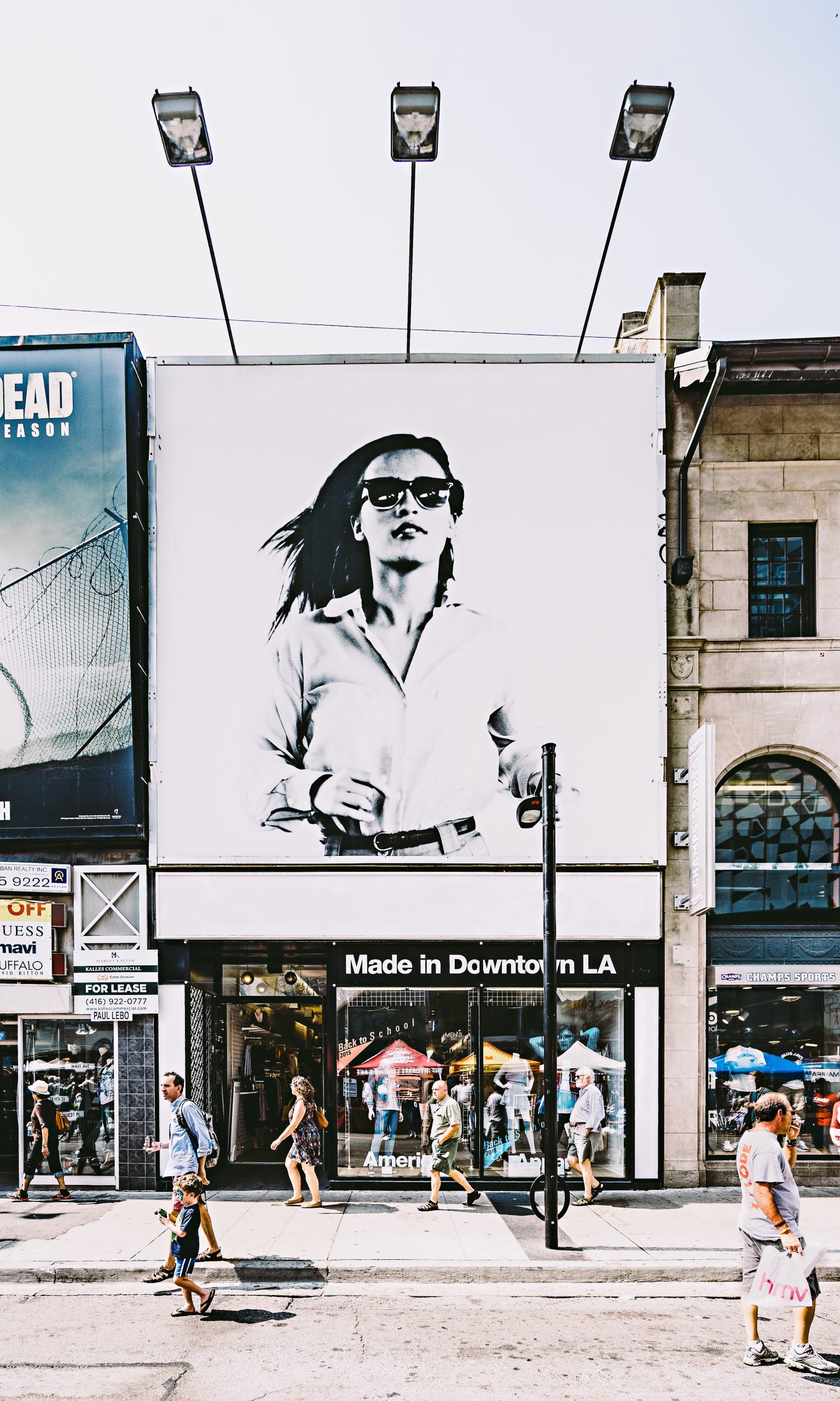Brochures are an important advertising tool when your business wants to provide more information or go into extra detail in its product or service descriptions. Typical one page, banner, flyer or poster advertisements are the bread and butter of any promotion mix but rely on immediate impact and cognition through the use of easily recognizable images, brand colors and logos. With this promotional strategy, detail would be counterproductive. However at some point before purchase or decision to use a business’ services, a potential customer will want more detail. Brochures are the ideal advertising mechanism when you have more to say and the customer wants to listen.
A brochure is typically a booklet in structure, with multiple pages describing product features, a class of products, service offerings and many other business outputs. A brochure will have a cover page, possibly followed by a contents page which then leads onto the promotional material. When conceptualizing a brochure, there are number of factors that need to be considered. You aren’t alone though in going through the conceptualization and design phase for a brochure campaign though. A good print store with services geared towards business customers will be able to take you through the entire process. All you need is the content, both written and a few images or photos that you feel may belong in the brochure. Of course company logos and details of exact brand colors will also be necessary.
Brochure sizes are variable. Typical small brochure page sizes are 8.5 x 5.5†with larger page sizes at 11 x 17â€. If you have a lot of text you want to include, such as product specifications or detailed service offering features, you will likely want to use a larger page size so that the text does not look cluttered or over bearing and is balanced with images or photos. Image or photo heavy brochures will work on smaller page sizes. For example brochures including fashion or furniture photos and product name, potentially with price, do not necessarily need large page real estate.
Over and above page size and layout, you will typically want a premium feel to your brochures. You want to encourage new or repeat customers to first keep the brochure and then take the time to page through the brochure. Flimsy, low quality brochures will not encourage this and you thus want to use higher density paper that has a finishing that will enhance the photos or images and their color intensity or will enrich the reading experience.
It may sound complex and, possibly, something you have no expertise in, but brochure printing and the design process can easily be handled by the design staff at a good print store. They help their customer’s day in day out with the creative process and will provide excellent advice on what choices to make, given all the brochure printing options, to ensure the end product will not only excite potential customers, but will ultimately drive growth in your business’ bottom line.
When you want to say more to your customers, consider brochures and make sure you establish your options for brochure printing at a good local print store.

Leave a Reply